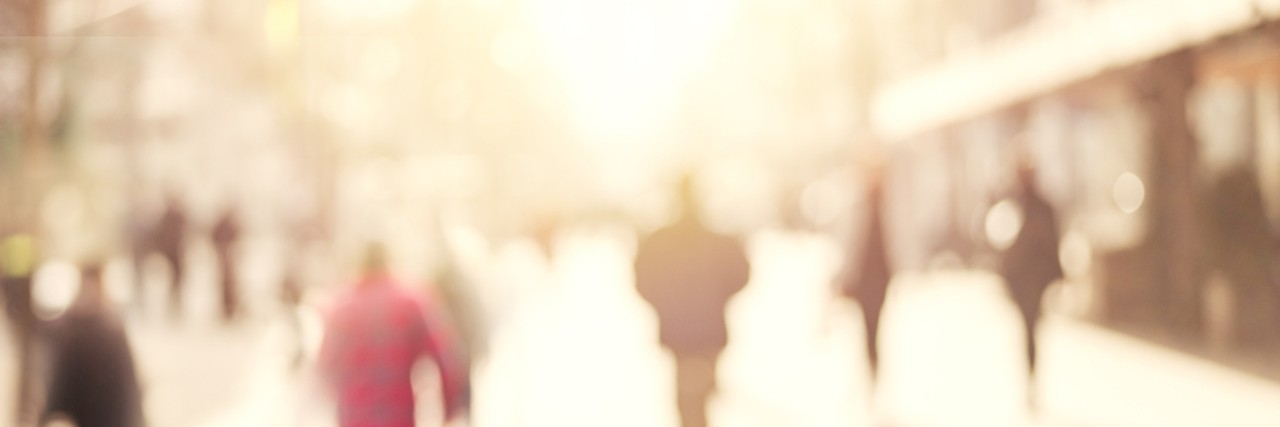Many of us with myotonic dystrophy type 1 (DM1) have a look. I didn’t have the look when I was first diagnosed in my mid-30s, but over the last 18 years I’ve lost facial muscle tone as well as a lot of weight. Because of my foot drop, my gait is affected. I move slower than my unaffected peers. This look sets us apart from our friends with myotonic dystrophy type 2, and of course, everyone else.
But many other symptoms of this multi-systemic condition would not be obvious unless you spent some time with me. You would see the many daily frustrations I have with ADL
(activities of daily living) such as meal preparation, doing laundry, or dressing myself. The muscles in my arms, hands and fingers just don’t operate like they once did. I live with a partner who is more than happy to open things for me. But when I’m out in public on my own – which thankfully I can still do – I’ll ask a stranger to open a bottle of water or handle the gas pump for me. I depend on the kindness of strangers.
Muscle weakness affects more than our limbs and fine motor skills. It impacts our ability to speak clearly. I’ve heard of some people with DM1 who were mistaken for being drunk because of their slurred speech. Those weakened muscles also make it difficult to eat properly. Many of us experience varying levels of dysphagia (swallowing difficulty). I can only eat soft, mushy foods and must be quite mindful of swallowing, so I avoid talking during meals. This is often a difficult and odd social request.
We also tend to have many eye problems. Ptosis is a condition of droopy eyelids. For some people it’s fairly severe and you can see it, but for myself it’s not obvious. I do need to cover my eyes during sleep and use gel to maintain eye moisture. I experience a lot of eye fatigue and burning due to the weakness.
The most tedious symptom for me you would not readily notice is the extreme fatigue I
can be hit with at any moment. It’s beyond being tired — it’s a monstrous sucking of energy, a whole body experience. I can’t talk or move. Auditory and visual stimuli are overwhelming and I struggle to breathe. Over the years I’ve discovered patterns and learned a few tools to help when it does happen. I need to cocoon and have my partner perform reflexology on either my hands or feet.
When I spoke to a neurologist about this total withdrawal of energy he looked at me like I was speaking another language and recommended CBT – cognitive-behavioral therapy. Although he may have been well-intentioned, my interpretation of his suggestion was that my physical discomfort was a psychological manifestation. I never explored CBT. But I did begin my search for alternative healing modalities.
Ten or so years ago I made my first visit to Acupuncture & Integrative Medicine College. This school became a bastion of holistic treatment and learning for me. Gaining an understanding of chi (energy force in Chinese culture) helped me begin regulating my energy reservoir. This is just one of the many tools I now have. And while I may pass you on the street and appear able-bodied, this facade is a product of intense health behavior management.
The Mighty is asking the following: What’s the hardest thing you deal with as someone with a chronic illness, and how do you face this? What advice and words of support would you offer someone facing the same thing? Check out our Submit a Story page for more about our submission guidelines.

